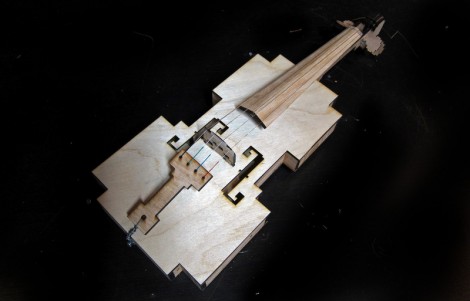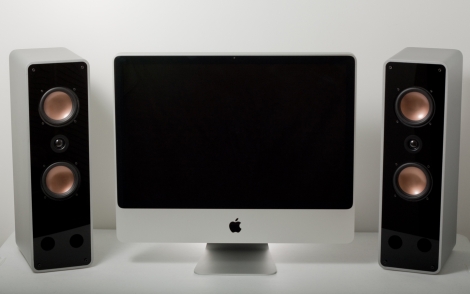
Ever wish you could DJ on the fly while using equipment that your already wearing? Well neither have we but heck now we can, cheaply and easily with the Wristwatch Turntables. While being functional and stylish, this interesting project is fairly easy to construct and if need be, even sports a full function digital watch.
The audio electronics are donated by a pair of talking / musical greeting cards. Both, “record your own” and “just deal with what we give you” types, though which ones you choose is left up to your taste. The greeting cards are then cut apart for their hidden goodies and then a little circuit bending action is performed to monkey with the amplifier of the sound module.
Potentiometers are added, buttons are relocated, and everything gets housed in a small box, with a wristwatch ran down the middle so you can wear the whole deal and blast your funky beats anywhere you may be. Join us after the break for a quick video.
















